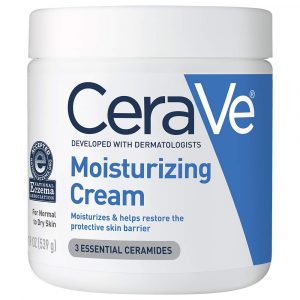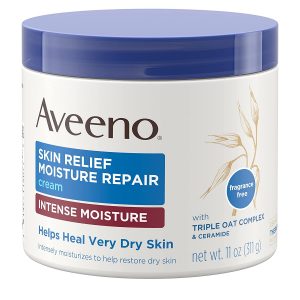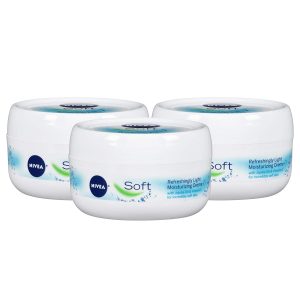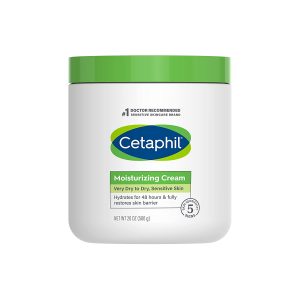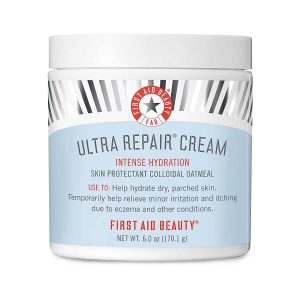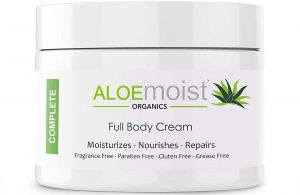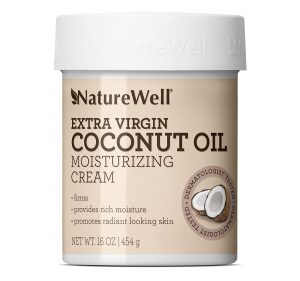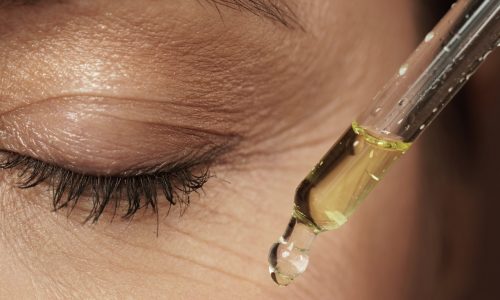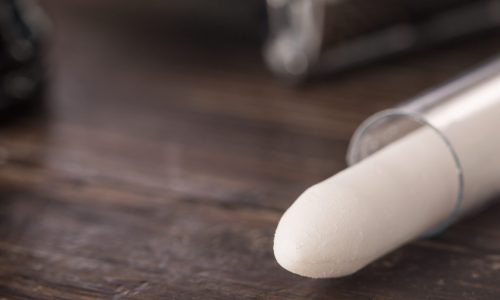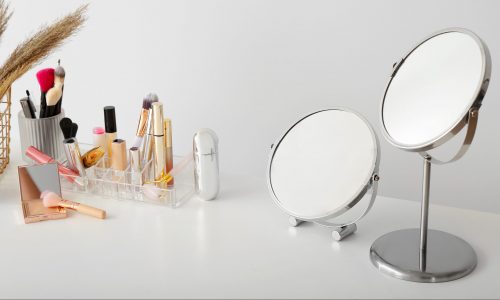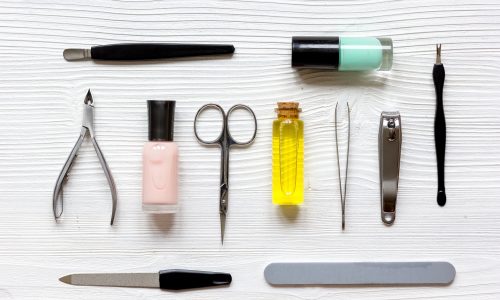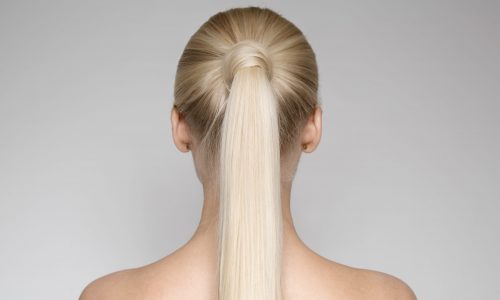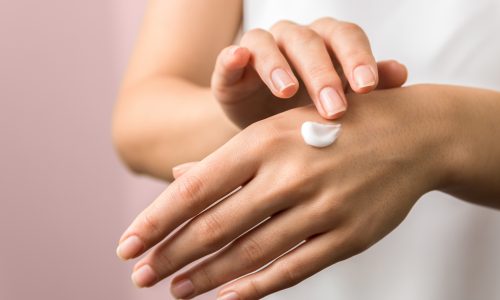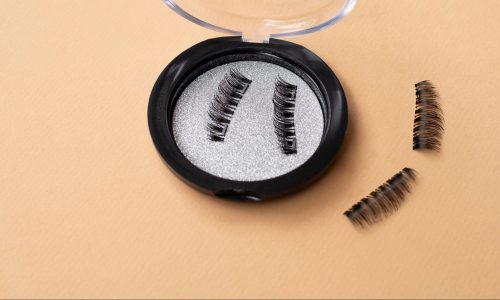The Best Moisturizing Cream
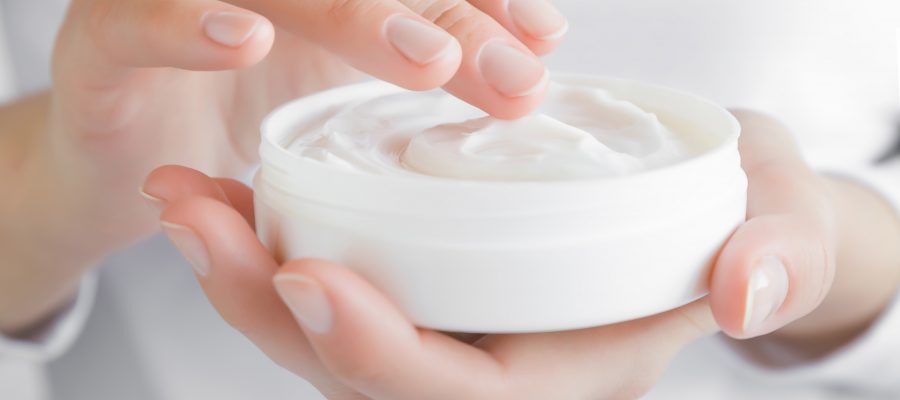
Our Review Process
Don't Waste Your Money is focused on helping you make the best purchasing decision. Our team of experts spends hundreds of hours analyzing, testing, and researching products so you don't have to. Learn more.
Our Picks For The Top Moisturizing Creams
- 1. CeraVe Fragrance-Free Body & Face Moisturizing Cream
- 2. Aveeno Skin Relief Triple Oat Complex Moisturizing Cream
- 3. NIVEA Soft Refreshingly Light Formula Moisturizing Cream, 3-Pack
- 4. Cetaphil Hypoallergenic & Non-Comedogenic Moisturizing Cream
- 5. First Aid Beauty Ultra Repair Shea Butter Moisturizing Cream
- 6. AloeMoist Organic Ingredients Full Body Moisturizing Cream
- 7. NatureWell Extra Virgin Coconut Oil Cruelty-Free Moisturizing Cream
This soothing moisturizer from CeraVe contains hyaluronic acid and ceramides to provide all-day relief from dry skin. You can use it on the face and body or even as a reparative hand cream. This product has been given the National Eczema Association Seal of Acceptance.
Perfect for Everyday UseThis creamy moisturizer is perfect for dry and flaky skin.
Aveeno’s Skin Relief Moisture Repair has several ingredients to heal dehydrated skin. It contains a triple oat complex plus ceramides. The triple oat complex provides soothing relief for extra dry skin. You can use this cream on every part of your body, including your face.
Nourishing OptionAveeno is a trusted name for a reason, and this moisturizer lives up to its reputation.
Anyone with dry skin knows the fight to stay hydrated and moisturized. Nivea’s moisturizer also contains jojoba oil and vitamin E, creating a protective barrier for your skin from the outside elements. With this fast-absorbing formula, your face and body will be soft and supple all day.
All-Day ProtectionThis cream works fast and well for all-day relief.
Cetaphil’s body moisturizing cream is formulated for dry skin and even works with sensitive skin. This cream’s rich lotion is designed to create an extra protective barrier using hydrating glycerin and vitamins B5 and B3. It comes in a fragrance-free formula, so anyone can use it; all skin types will appreciate the soothing comfort.
Comfort That LastsThick and creamy, this lotion will soothe your skin for up to 48 hours.
Buying Guide
Your skin type is the most crucial factor to consider when searching for a moisturizing cream. Skin types are dry, oily, combination and normal, and all benefit from moisturizer. Genetics plays the most significant role in determining your skin type, but outside factors also contribute. You will likely suffer from dry skin if you live in an arid climate, like a desert. You likely have oily skin if you’re prone to breakouts and bouts of acne.
The combination skin type is characterized by having both patches of dryness and oily skin. Usually, the “T-Zone” (your forehead, nose and chin) is where the skin is more prone to be oily in a combination skin type. Normal skin is skin that is well balanced and healthy.
You should pay close attention to the ingredients in skin cream. Additives like alcohol can cause your skin to become dry and flaky. On the other hand, you should look for ingredients like hyaluronic acid and ceramides. Hyaluronic acid, also known as hyaluronan, is a clear, gooey substance produced naturally throughout your body.
Ceramides are naturally found in skin cells, making up 30% to 40% of your outer skin layer. When used on the skin, hyaluronic acid promotes soft and supple skin. This lipid is essential for retaining skin moisture and preventing germs from entering your body.
What to Look For
- To test your skin type, use blotting paper to blot on your forehead, cheeks, nose and chin. The paper will absorb any oils on your skin, showing you where you’re prone to oiliness or dryness.
- Sensitive skin can be dry or oily or even. Sensitive skin is often characterized by redness and discomfort.
- Keep an eye out for scented products — they often contain alcohol.
- For the best results, use products labeled as a cream rather than a lotion. Creams are thicker and provide more hydration.
More to Explore
While the official practice of dermatology wasn’t established until the mid-1800s, civilizations worldwide have been practicing skin care for thousands of years. In ancient Egypt, archaeologists found evidence of both men and women using cosmetics, which often contain rich oils like castor, sesame and moringa. There’s even evidence that women used a formula of honey and milk as facial masks to promote softer skin.
Jumping to the 12th century, there’s evidence that people made lotions out of animal fats to create smooth skin. Women even used a variety of seeds, leaves and honey to make facial masks like the ones we use today.
The very first dermatologist in America was Dr. Henry Daggett Bulkley. He founded his practice, Broome Street Infirmary for Diseases of the Skin, in 1836 in New York City. The breakthrough of germ theory changed how doctors cared for patients, and these professionals were looking at skin diseases more and more. The American Dermatological Association, in its early stages, was formed in 1886.

